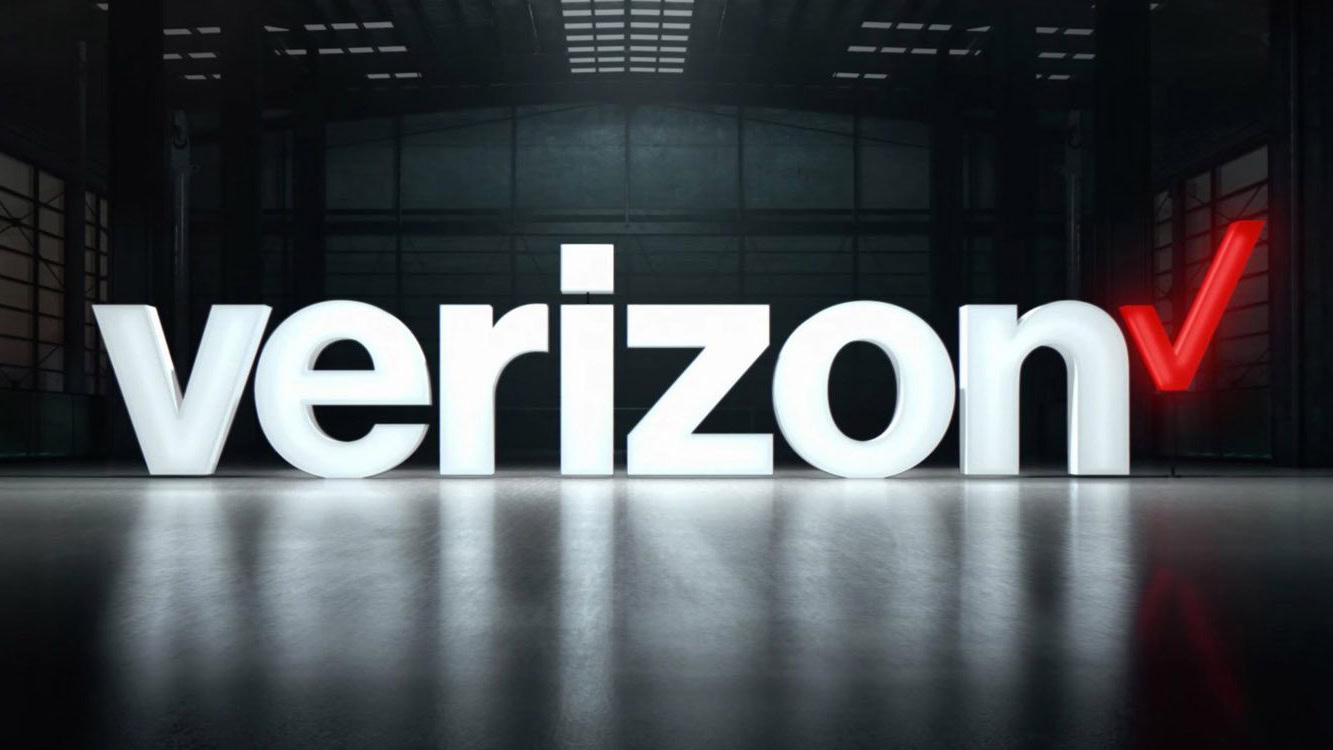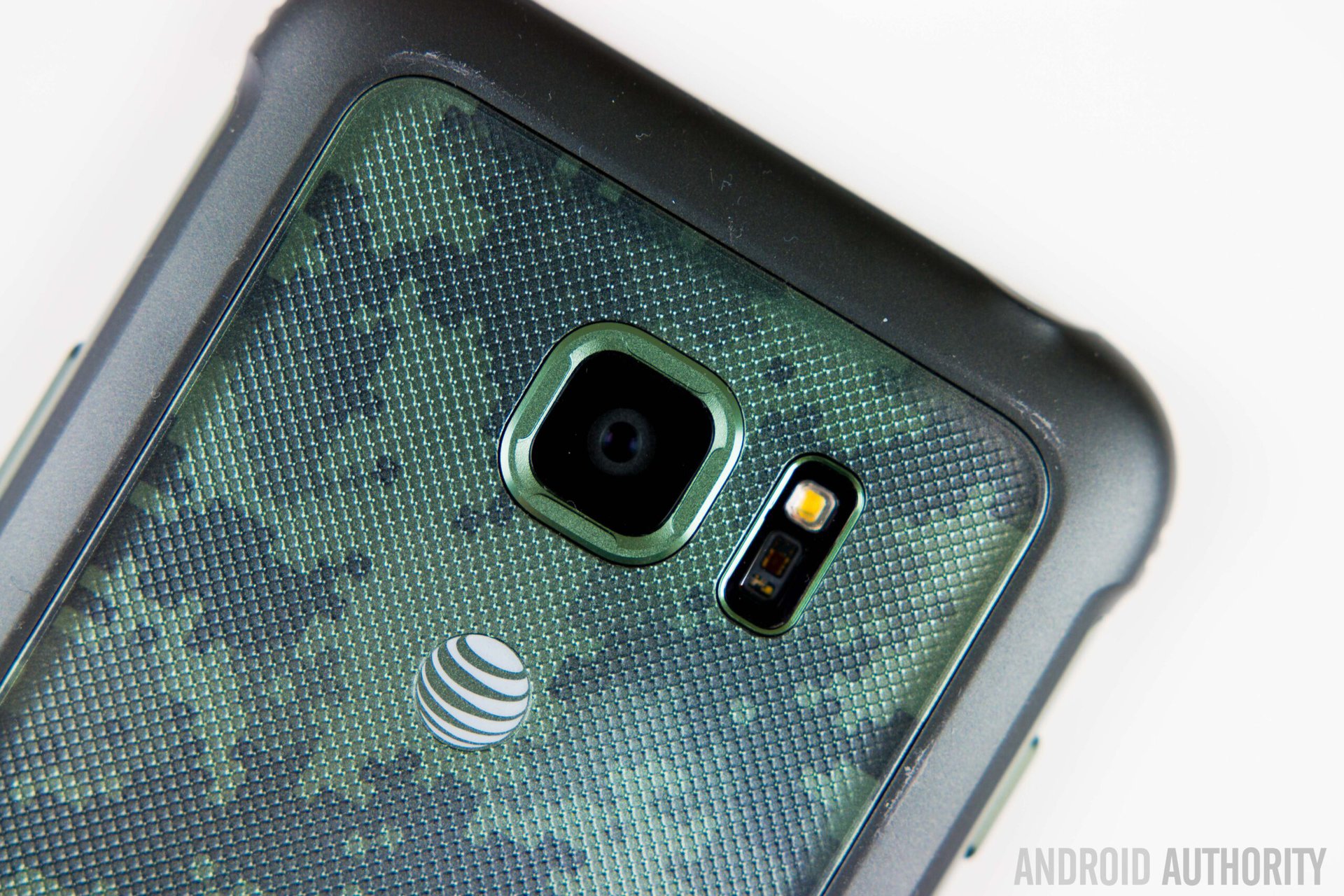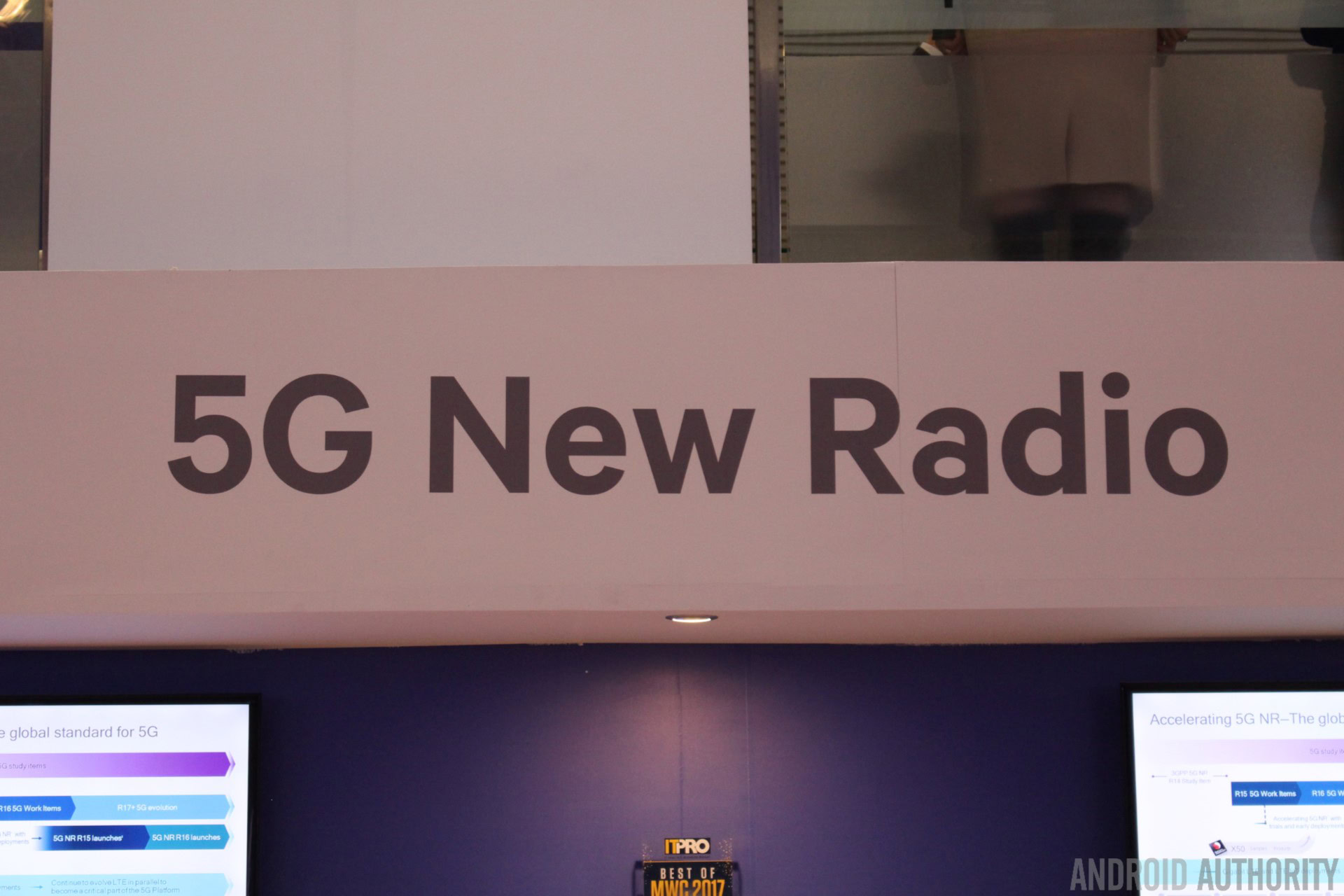Affiliate links on Android Authority may earn us a commission. Learn more.
AT&T rolling out 5G? Who cares?

- AT&T is hyping up rolling out 5G data speeds to three U.S. markets in 2018.
- No one will be able to experience those speeds, as no devices in 2018 will have that capability.
- It will be well into 2019 before any smartphone can get 5G speeds.
On Wednesday, AT&T posted a press release announcing that it would offer 5G mobile data to three markets by the end of 2018: Dallas, Atlanta, and Waco, TX. The full press release clocks in at nearly one thousand words, in which the company goes on about how fast and amazing 5G is and how incredible it is that AT&T will be first to roll it out.
The only problem is that it’s all just hype and self-promotion. No one will see any benefit from 5G service in 2018 or even most of 2019.
In the press release, AT&T says this:
“We’re working on an aggressive schedule to help ensure customers can enjoy mobile 5G when we launch the network this year. We will add more 5G capable mobile devices and smartphones in early 2019 and beyond.”
These two carefully-worded sentences belie the major issue AT&T is conspicuously ignoring: no 5G-enabled devices will hit the market in 2018. None. Zilch. Even if you live in one of the three metro areas AT&T references, you won’t be able to access 5G speeds on your current device or any you purchase this year.
No 5G-enabled devices will hit the market in 2018. None. Zilch.

2019 isn’t looking so great for 5G-capable devices, either. The brand new Qualcomm Snapdragon 845, which will first appear in the upcoming Samsung Galaxy S9 and S9 Plus, isn’t mmWave ready, which is necessary to achieve 5G speeds. The modem on the Snapdragon 845 is the X20, and it won’t be until the X50 or similar appears in an SoC that we’ll have chipsets capable of taking advantage of AT&T’s 5G rollout.
At the very least we’ll have to wait at least until the Snapdragon 855 or a new generation of Exynos chip, which at the absolute bare minimum won’t be until early 2019. Qualcomm got the vast majority of the mobile industry to agree to put the X50 in their products in 2019, but all that means is at least one device from each manufacturer launching sometime in 2019 will have the modem in it.
Theoretically, an OEM could also build a smartphone using a standalone 5G baseband modem like Apple does with its iPhones, perhaps integrated with the radio front end. That presents its own design challenges though, and would incur considerable design time and expense to tune the antenna to work with mmWave technologies. This is something Qualcomm proved it can do last year, but technology shrinks are needed before sleek high-end form factors are possible. Once again, why would a company invest the time and money needed to do that when only three U.S. locations are actually able to take advantage of it?
Why would a company invest the time and money needed to do that when only three US locations are actually able to take advantage of it?

To be clear: AT&T is rolling out a network supported by no SoC or existing modem on the market. To use the network, smartphone manufacturers would have to redesign their RF antennas almost exclusively for AT&T. Yeah, OK, sure.
AT&T is rolling out a network that no SoC on the market supports, no existing modem on the market supports, and in order to use the network smartphone manufacturers would have to redesign their RF antenna array.
Of course, AT&T doesn’t want you to think about any of this. The company knows 5G is a hot buzzword right now in the tech world and it’s trying to capitalize on the hype. Smartphone users who aren’t as plugged in will read that AT&T will be first to 5G and switch networks thinking they will get a faster data experience on their phones. They won’t. By then it’s too late; the user switched. They’ll sign the contract, and all AT&T has to say is “We will add more 5G capable mobile devices and smartphones in early 2019 and beyond.”
The company knows that 5G is a hot buzzword right now in the tech world, and it’s trying to capitalize on that hype.

Being first to roll out new technology is sometimes an important step. When Vivo released the first smartphone with an in-screen fingerprint reader, that was a big deal. The first sellable phone with that capability proved to other companies that they’d better up their game, as the buzz around that feature was pretty high. The first telecommunications provider to roll out a 5G network doesn’t mean anything. The first company to roll out a 5G-capable smartphone will be a big deal, because when that happens, you’ll know there is enough network support to warrant an OEM’s integration of the tech.
So please, don’t switch to AT&T to get 5G speeds soon. Don’t believe the hype.